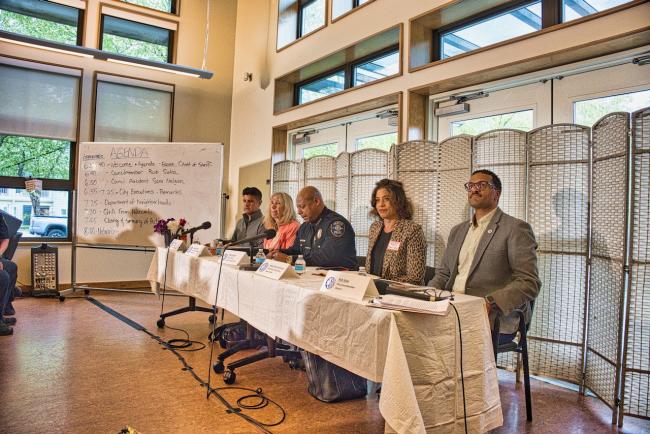Seattle Council Member Saka convenes 'Safety Meeting' to address gun violence in District 1 neighborhoods
Seattle Parks AP Diaz, Seattle City Light CEO Dawn Lindell, Seattle Police Chief Shon Barnes, Natalie Walton-Anderson, the Mayor's Chief Public Safety Officer, and District 1 City Council member Rob Saka led a safety meeting at the HighPoint Neighborhood House on May 14 to address the recent rise of gun violence in three West Seattle neighborhoods.
Photo by Patrick Robinson
Wed, 05/14/2025
District 1 Seattle City Council Member Rob Saka hosted a community safety meeting on May 14 at the High Point Neighborhood House to address a recent "troubling rise" in gun violence impacting three specific neighborhoods in District 1: North Delridge, Snake Hill, and High Point. The meeting, described as "very late breaking" in its planning, aimed to bring the community and city leadership together to discuss solutions.
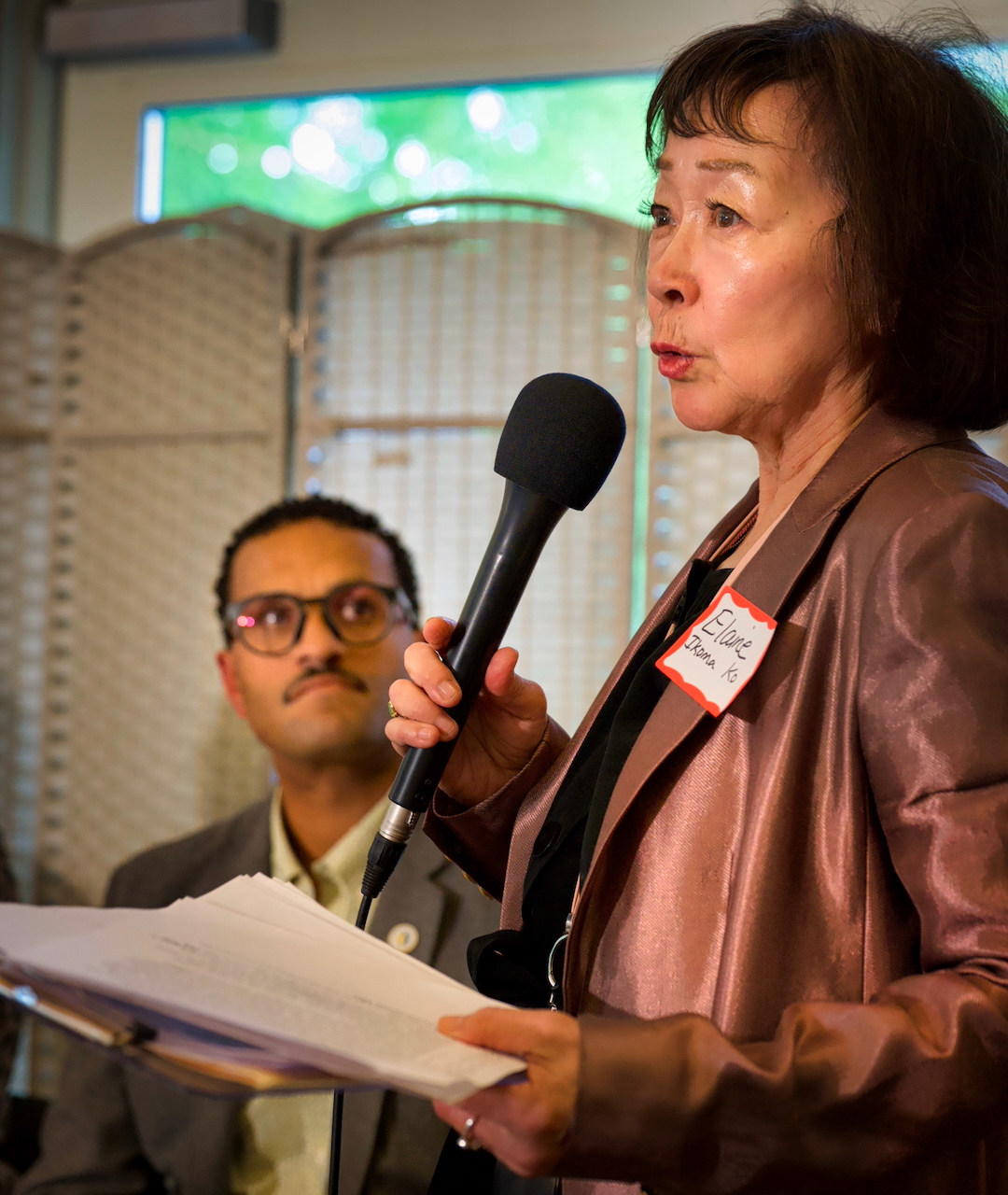
Elaine Ko, Chief of Staff for Council member Saka, opened the meeting by acknowledging the challenge of securing professional translation services on short notice for the event and expressing regret. She clarified the meeting's specific focus on gun violence in the three designated neighborhoods, while recognizing similar concerns exist citywide. Community input was gathered through a previous North Delridge meeting, an online survey, and note cards provided at the event. That format would prove to be problematic at the end since those attending the meeting were not allowed to speak. The format involved city executives addressing pre-prepared questions derived from community feedback.
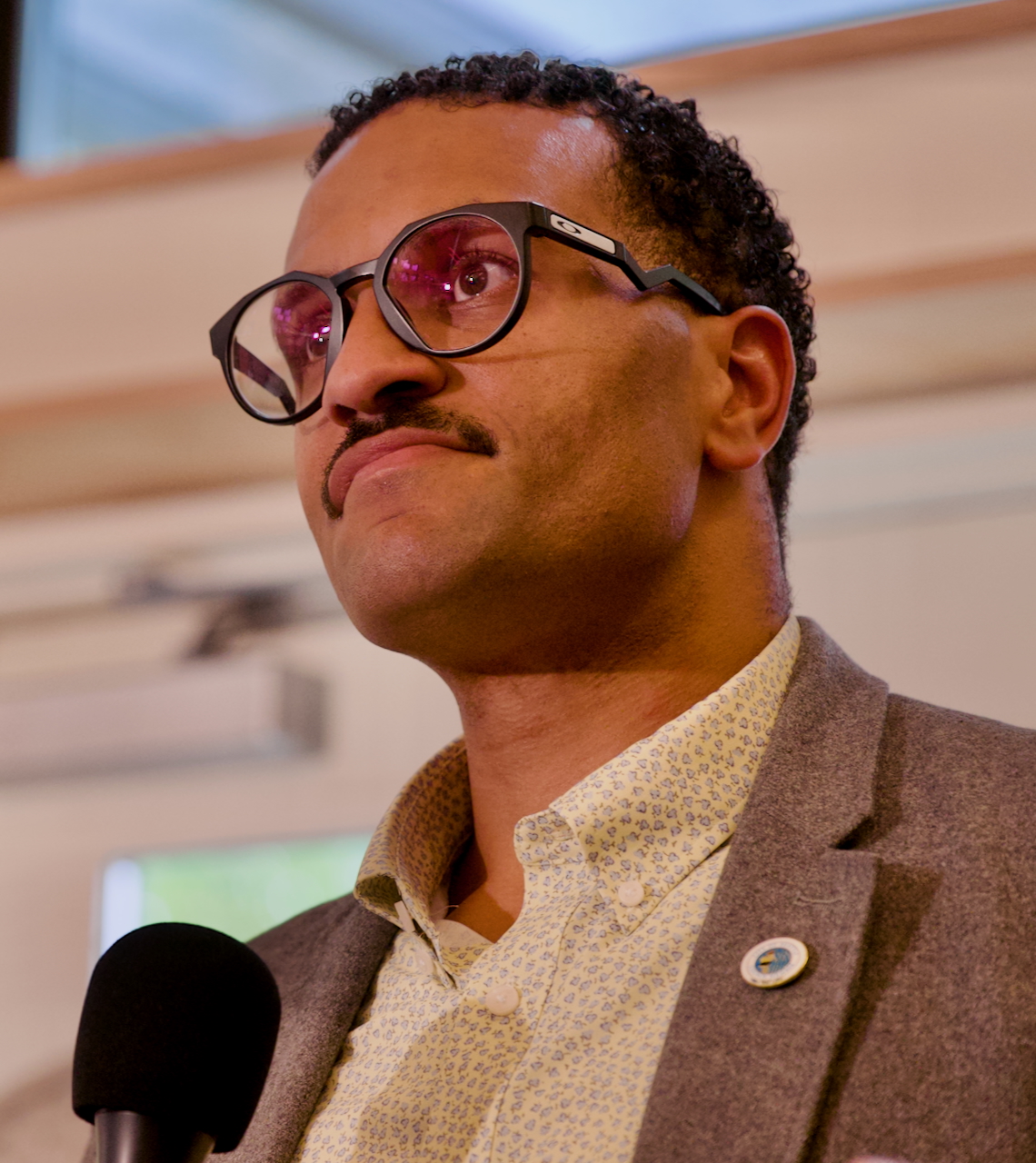
Council member Saka framed the meeting as an exercise of his legislative advocacy power. He stated that while there is a "notable increase" in gun violence this year, these neighborhoods have historically experienced disproportionately higher rates. Saka, who lives in the affected area, shared a personal, harrowing account of hearing gunfire near his home and checking on his sleeping children. He highlighted recent high-profile incidents, including 130 gunshots near parks where children play, a child's car seat struck by gunfire, and a bullet hitting a child's bedroom.
"That is a very specific set of pain and anguish that no parent, no member of the community, no grandparent, auntie, uncle, neighbor should ever have to experience," Saka said.
Saka attributed the persistent issues, including gun violence, in these neighborhoods to "historical underinvestment". He cited examples like missing sidewalks, broken or dim street lights, and highlighted his efforts since taking office to address these wrongs, such as doubling sidewalk funding citywide and guaranteeing construction in District 1.
During the meeting, Council Member Saka announced three new investments/actions from executive departments aimed at improving safety:
• Street light upgrades: Seattle City Light, in partnership with SDOT, will make upgrades and trim trees in core areas.
• CPTED Review: The Seattle Police Department's crime prevention experts will conduct an analysis of specific hotspots in the three neighborhoods, developing recommendations based on Crime Prevention Through Environmental Design principles.
• Summer Parks Safety Plan: The Mayor's office has a plan to advance park safety strategies, with Greg Davis and Cottage Grove Parks added to the list due to Council Member Saka's advocacy.
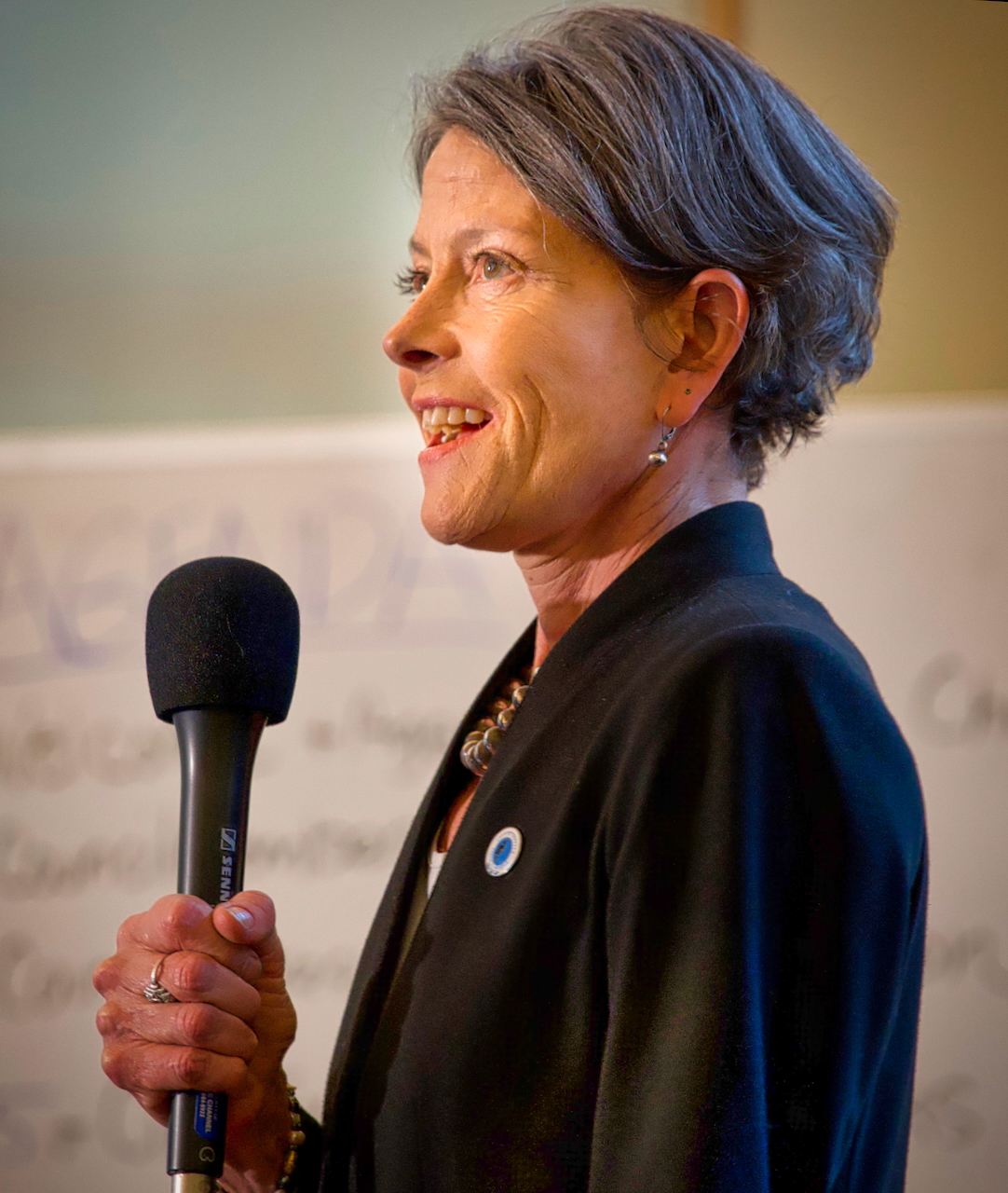
Council President Sara Nelson, a citywide council member, spoke about the current council's "super majority or majority pro safety council". She noted a record number of public safety bills passed in their first year and a half and highlighted progress in police hiring, reversing a trend of losing more officers than they could hire. Nelson emphasized that public safety encompasses more than just police, including addressing the "drug crisis," "fentanyl epidemic," and "addiction," which she sees as inextricably linked to homelessness and public safety issues. She stressed the current "alignment" between the council and the executive branch as a rare opportunity and urged the community to "be heard".
"Your voice gives our action legitimacy," Nelson stated.
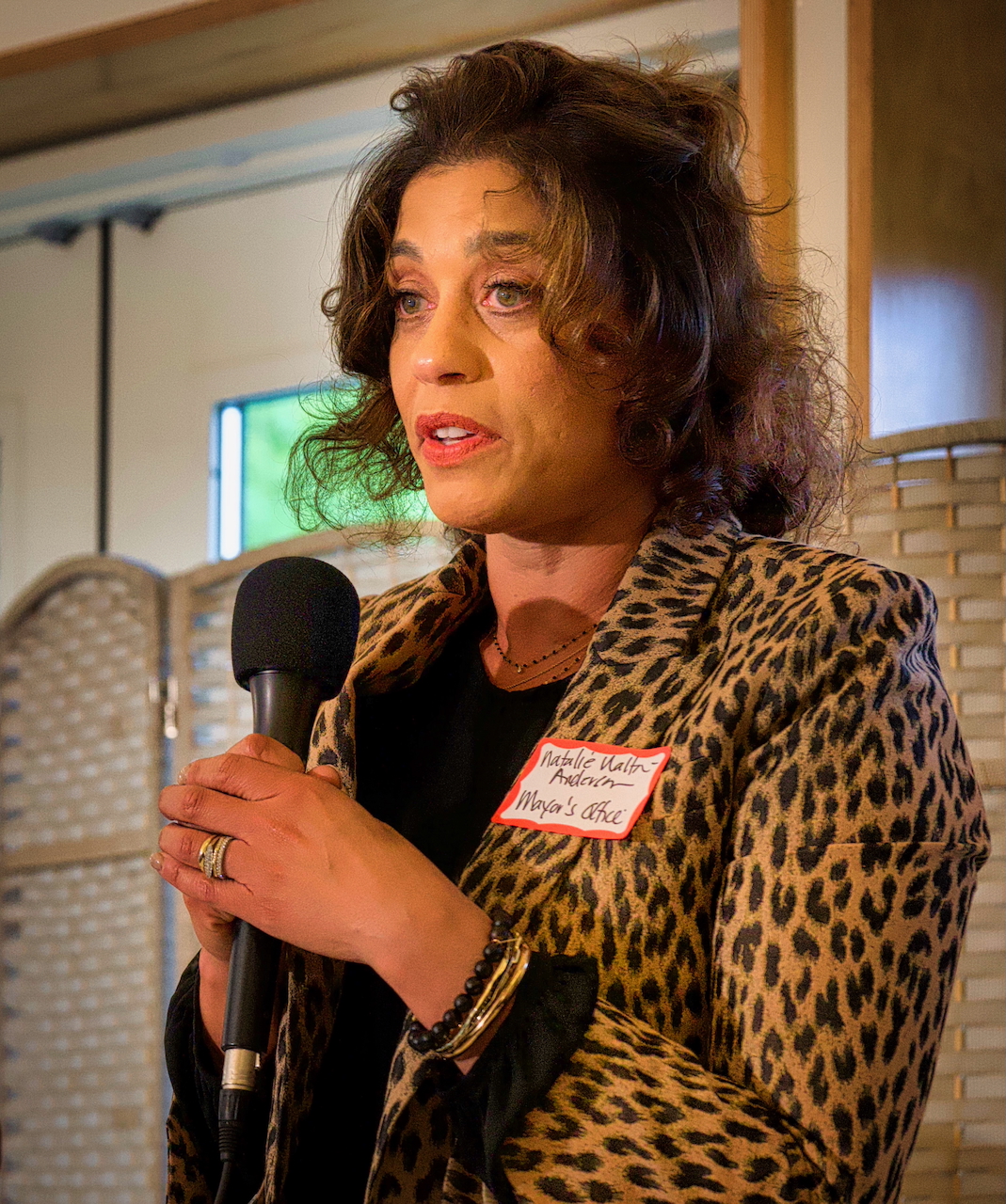
Natalie Walton-Anderson, the Mayor's Chief Public Safety Officer, shared her personal connection to West Seattle, having lived there for 20 years, and described the work as "deeply personal". She reiterated that the Mayor's top priority is public safety and that addressing crime requires a "One Seattle approach" involving all departments. Key strategies from the Mayor's One Seattle restoration framework include reducing gun violence, preventing high-impact crime, and responding effectively to 911 calls. Walton-Anderson acknowledged widespread frustration with wait times on the 911 non-emergency line, stating, "I've heard from many of you... where they say I call 911 or the non-emergency line and I am on hold or I don't have a response and that is something that we are tirelessly working on currently". She explained that the same call takers answer both lines and that 911 emergencies are prioritized, but hiring efforts are underway to fully staff the 911 center. She urged attendees to "Please call 911. If you are unclear if it's an emergency, please call 911". Walton-Anderson also mentioned addressing the opioid crisis, problematic RVs, and using CPTED principles to make environments less inviting to crime. She noted progress in SPD hiring and the use of technology like the Real-Time Crime Center and automatic license plate readers.
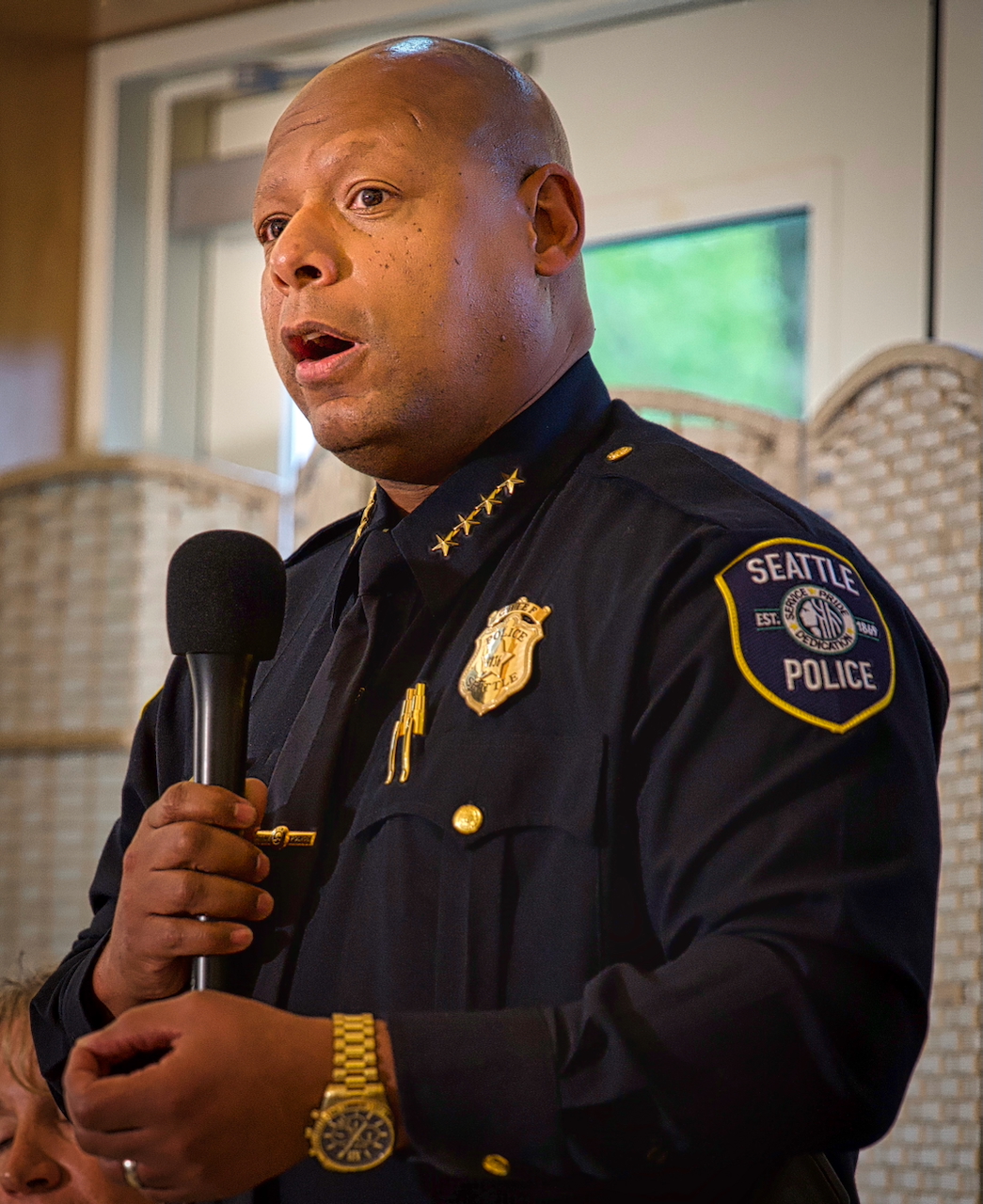
Seattle Police Department Chief Shon Barnes emphasized the importance of "working together in partnerships" and described the police as the "tip of the spear" but the community as the "most important part". He directly addressed a community member affected by gun violence, stating, "I'm sorry for what happened to you. You joined a group that you should not be a part of and that's someone who has experienced or been affected by gun violence". Chief Barnes detailed SPD's immediate actions in response to the increase in gun violence:
• Increased Directed Patrols: Officers are specifically assigned to patrol the affected areas for 20 minutes of every hour, aiming for proactive crime prevention.
• Voluntary Gun Violence Reduction Units: Overtime is authorized for officers to focus proactively on these areas.
• Increased Gun Violence Meetings: Meetings are now held twice weekly to improve communication and intelligence gathering.
• Utilizing Technology: Highlighting the Real-Time Crime Center (opening May 20th) and a program for residents/businesses to register their surveillance cameras to help with investigations.
• Exploring Noise Detection: Considering pilot programs for software/equipment to predict potential violence or disorder.
• Implementing Seattle Centric Policing: A crime reduction plan focusing on understanding and disrupting crime patterns in each precinct.
Chief Barnes reiterated the call for community assistance, asking residents to be the "eyes and our ears" and "if you see something that looks suspicious, we need you to call 911 first". He concluded by emphasizing the importance of community embracing and mentoring young people, quoting, "it takes a village to raise a child, but the child who is not embraced by the village will burn it down just to fee its warmth".
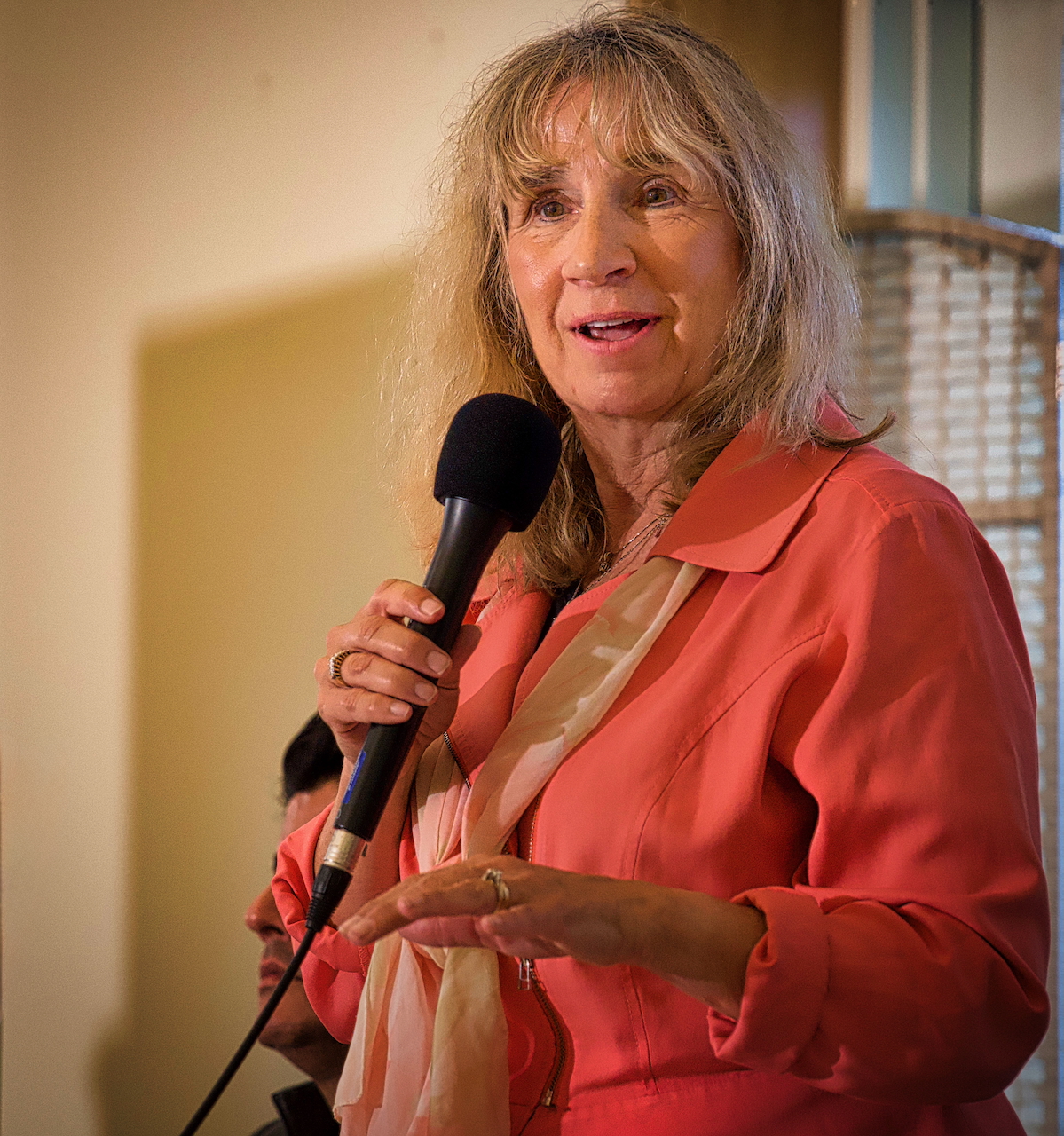
Dawn Lindell, CEO for Seattle City Light, discussed the utility's role in maintaining 90,000 street lights across the city and the challenges of outages, including wire theft. She provided statistics for District 1, noting 51 repairs since January 2024 and 179 current outages, with North Delridge and Highland Park having the most outages. Lindell announced specific street light upgrades on Southwest Brandon Street between 26th and 30th Avenues Southwest, including longer arms and brighter 135-watt LED lights, replacing 52-watt LEDs.
Tree trimming to clear vegetation for these lights is scheduled for June 2-6, with the light upgrades completed by June 13. City Light prioritizes outages based on public safety impact, geographic concentration, and crew ability, working with partner agencies. She also explained a program allowing community members to pay a monthly rental fee for new streetlights.
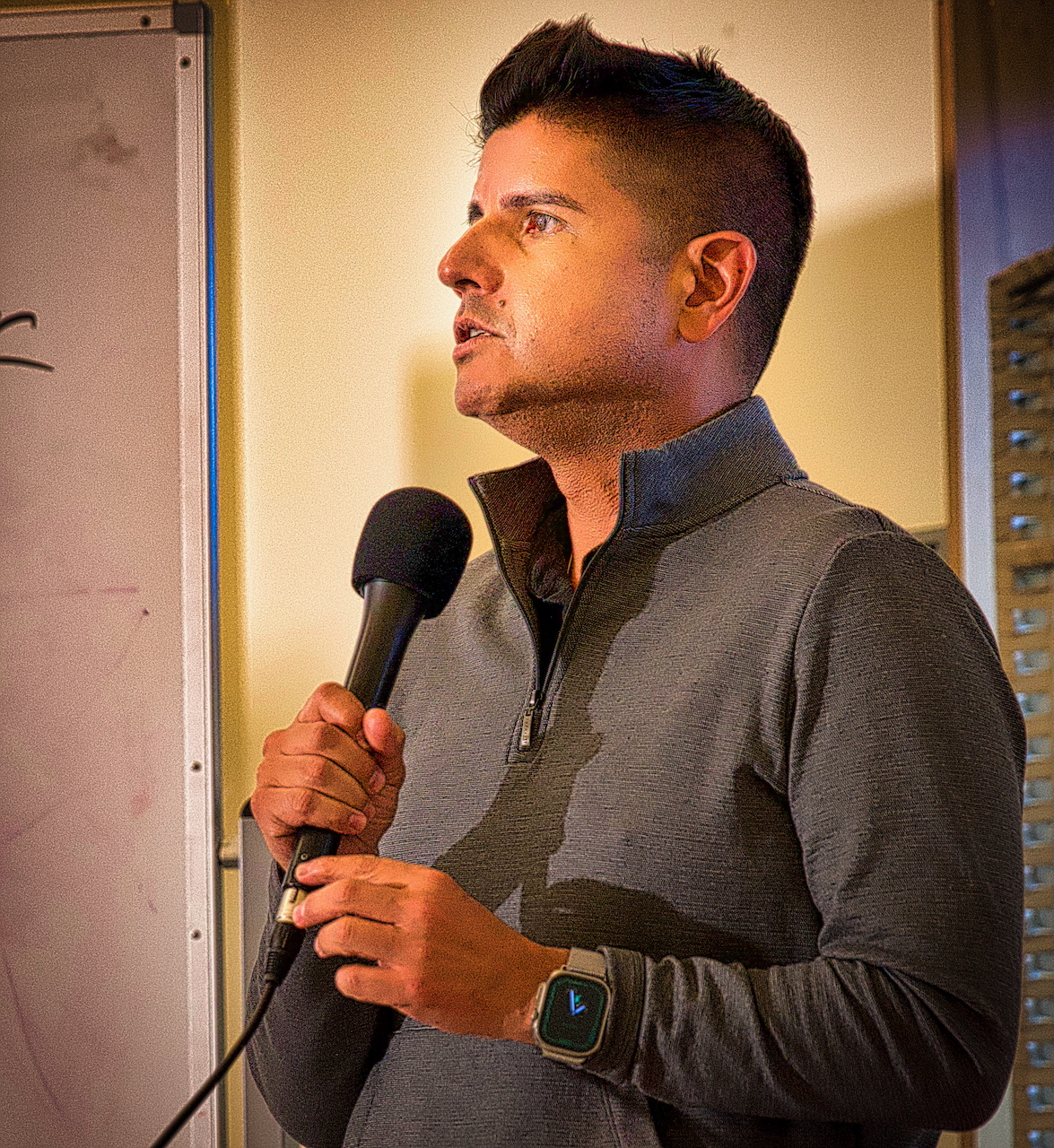
The Seattle Parks Department Superintendent AP Diaz spoke about the "blessing and a challenge to have 500 parks" and that parks serve as important community spaces but can also unfortunately be sites for negative behavior. He advocated for a "common sense approach" and collaboration among city departments. As part of the summer safety plan, Parks is implementing strategies informed by crime data and calls for service, including:
• Adjusting Hours: Rolling back park hours in problematic areas, closing them from 10:30 PM to 4 AM.
• Installing/Repairing Gates: Adding or fixing gates at certain locations despite challenges with vandalism.
• Coordination with SPD: Revised agreements allow for extra enforcement and directed patrols in parks based on data from park rangers and community input.
The Superintendent also made a personal commitment to join neighborhood walks at least twice a month in the Southwest precinct. He urged the community to help advocate at the state level to make bringing guns into parks and community centers illegal.
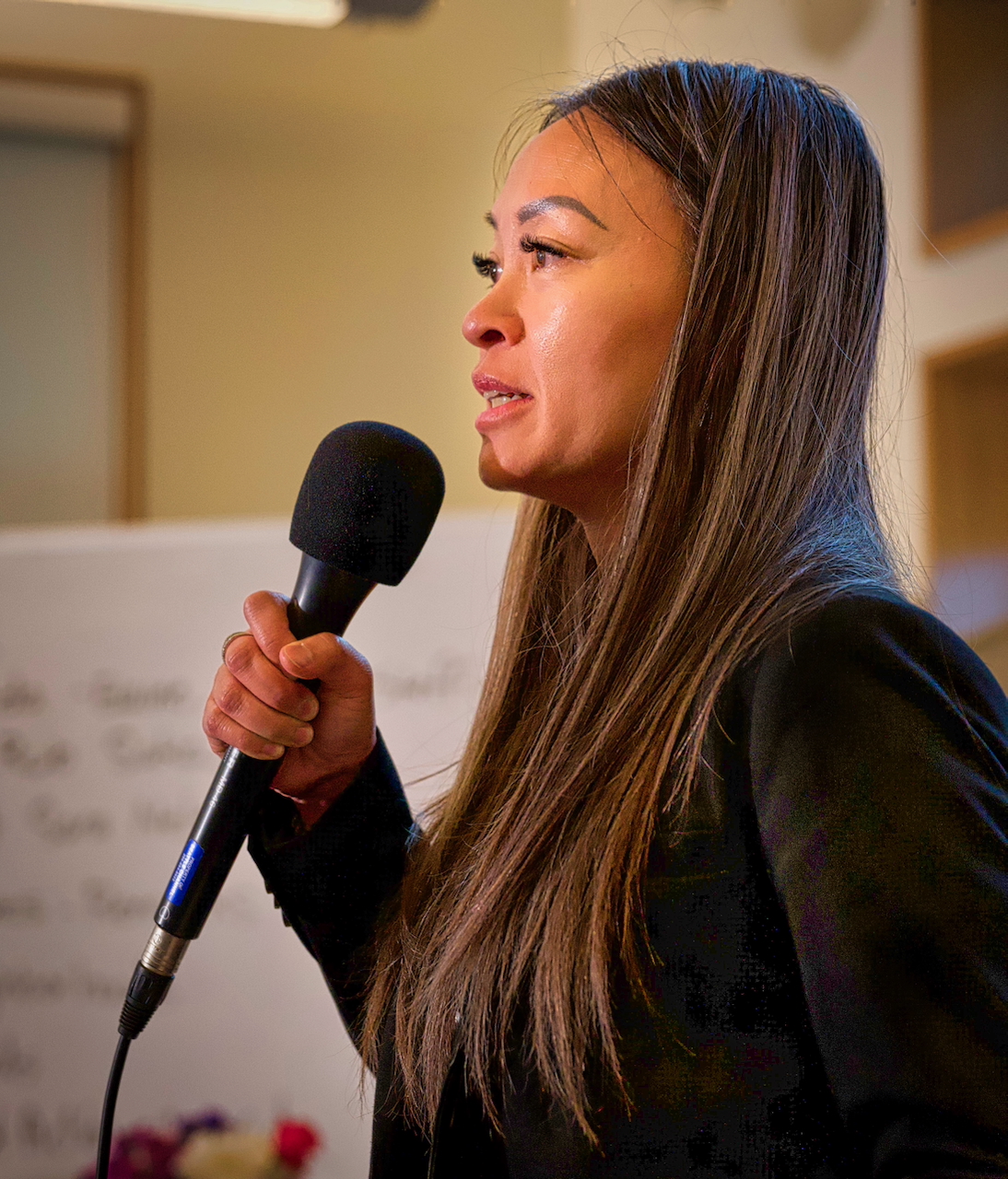
The Director of the Department of Neighborhoods Jenifer Chao discussed the department's purpose of civic engagement, connecting residents to government and each other to build "thriving communities" that result in "safe neighborhoods". Sharing a personal history with gun violence, she emphasized the value of relationships and "co-create with community because community forge solutions are the ones that know". She highlighted DoN's active presence in District 1, supporting numerous community-based organizations through grants and employing Community Engagement Coordinators like Rosa Pia, who serves as a bridge between the community and city departments. DoN also supports community safety meetings, neighborhood watch groups, and works with SPD Community Service Officers. She noted that community organizing and place-based strategies also happen in the city's P-Patch community gardens, fostering connection.
During a brief Q&A segment, community members asked how to share information and evidence with SPD. Chief Barnes and Captain Bair of the Southwest Precinct advised calling 911 or the precinct, or contacting Community Service Officers. Captain Bair introduced the subject of "Axon" which is part of evidence.com as a system allowing individuals to upload video footage related to a case number for detectives to follow up on, accessible via officers or CSOs. Axon is a technology company that provides law enforcement agencies with tools for public safety, including body cameras, TASER devices, and digital evidence management solutions. Evidence.com is Axon's cloud-based platform that helps police departments securely store, manage, and share digital evidence, such as body camera footage, photos, and case files. A suggestion was made by the Chief for the Council Member's office to provide this information clearly on his blog.
Asked about community-based public safety initiatives, officials suggested attending meetings, joining advisory councils and neighborhood watch groups, and participating in neighborhood walks.
The issue of the non-emergency line was raised again, with a community member stating they called over 20 times with no answer. While acknowledging the "horrific" frustration, Walton-Anderson reiterated that the same staff answer both 911 and non-emergency lines, prioritizing emergencies due to staffing shortages, but that hiring is ongoing. A community member expressed frustration, saying not answering "discourages people from calling," and while acknowledging the need for data, felt the city wasn't providing a viable option right now. Walton-Anderson accepted the feedback, promising to relay it directly to the 911 leadership, and mentioned texting 911 as an alternative.
Council Member Saka briefly addressed a question about the $2 million funding for Delridge road changes, acknowledging a failure to provide clarity and the existence of "egregious myths" but stating the investment is intended to protect road users. He noted collaborative work with the mayor's office for a "truly compromised solution" before refocusing on gun violence.
In his closing, Saka summarized what he heard: a "desire for more urgent action," "deep concern... for the troubling rise in gun violence," and frustration over street light outages. He noted the commitment from department heads to make progress. He again emphasized calling 911, stating, "If you see something, say something. That's another thing I heard. Don't worry about like, is it reportable, not reportable... Just call 911. Don't worry about being a Karen or Ken or none of that". He mentioned exploring legislative action on copper wire theft. Saka concluded by stressing "shared responsibility" for safety, mentorship, and speaking up, while also reaffirming the city's commitment to invest in the neighborhoods.
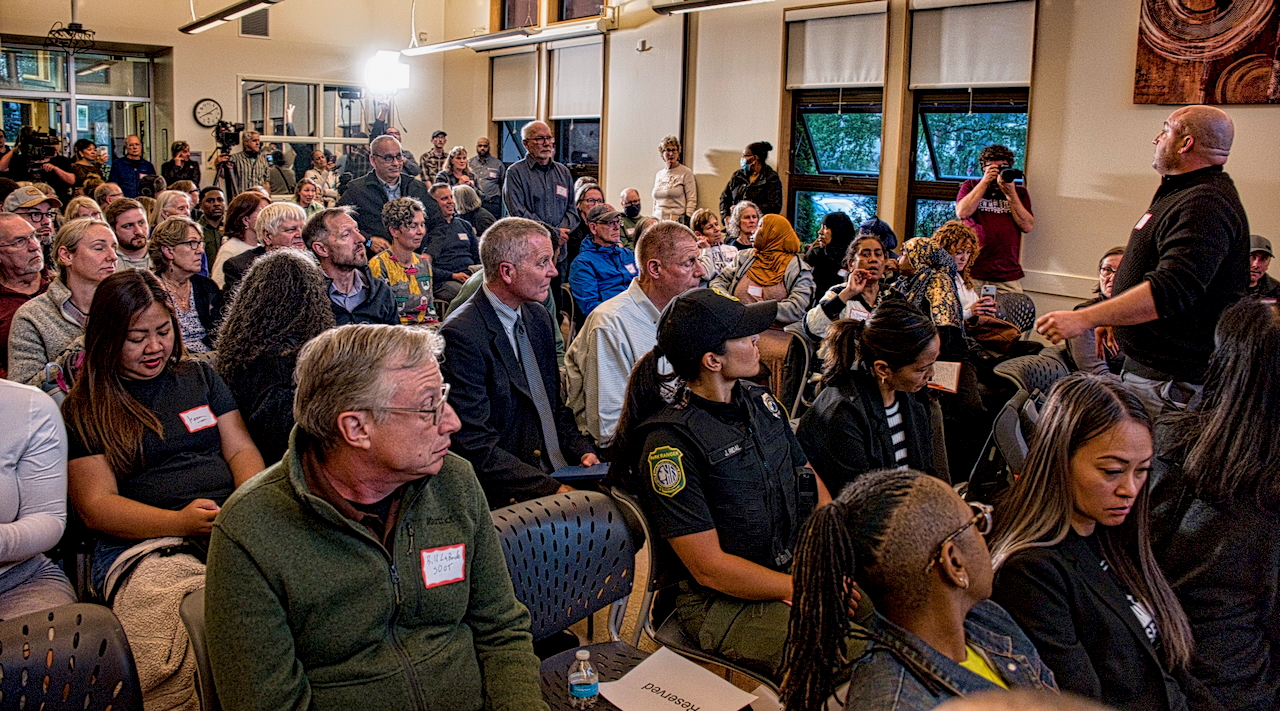
The meeting concluded with palpable community frustration, with some attendees expressing dissatisfaction that the format was executives speaking rather than an open Q&A. One resident, identified as Phil Brant, father of the child whose car seat was hit, expressed his anger at the perceived slow response from officials, stating it took him "taking his car seat to city council to get him [Saka] to answer email and to get this set up". Despite attempts to de-escalate, emotional outbursts continued, with one attendee stating, "He's talking to us. He's not talking with us".
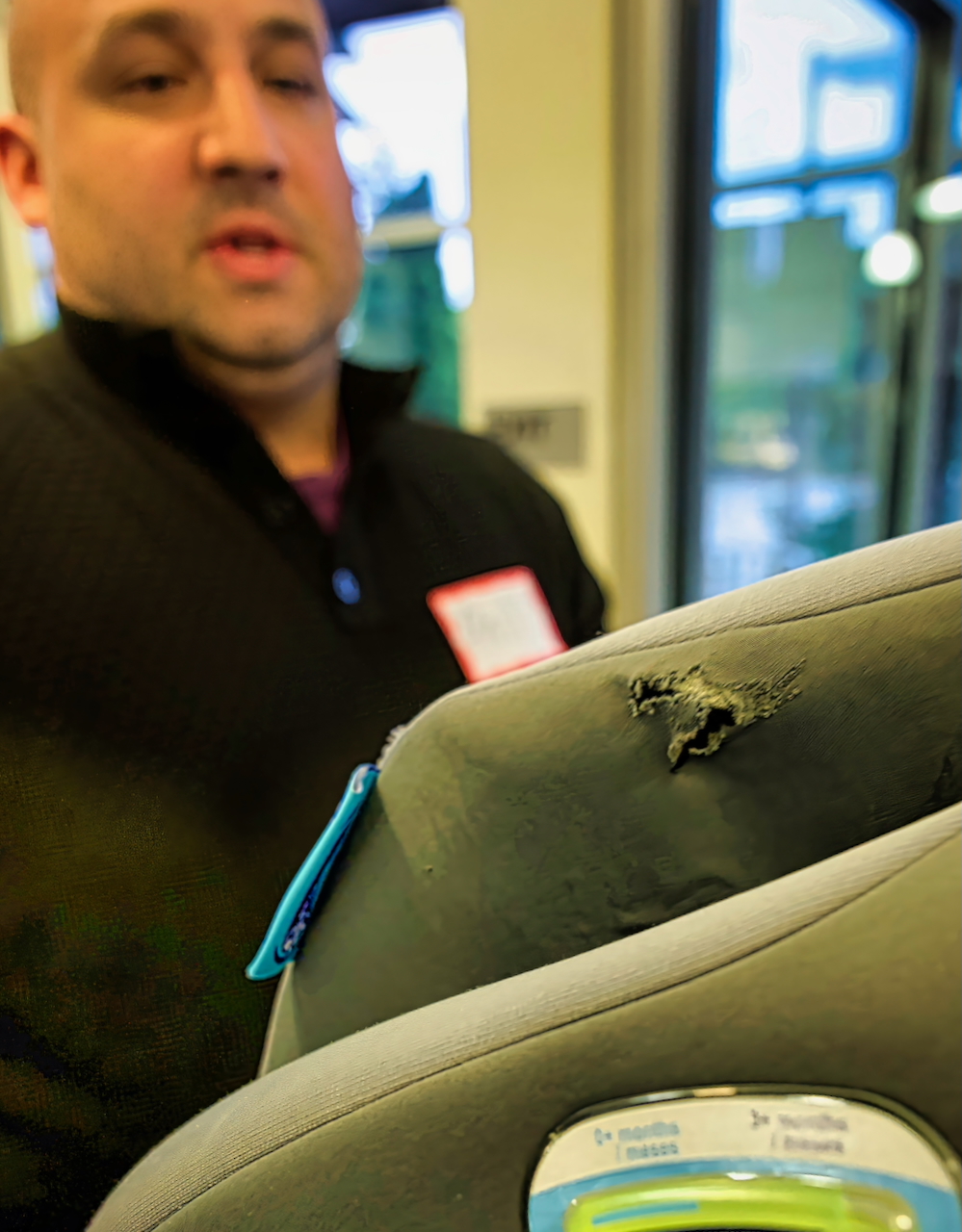
______________________________

